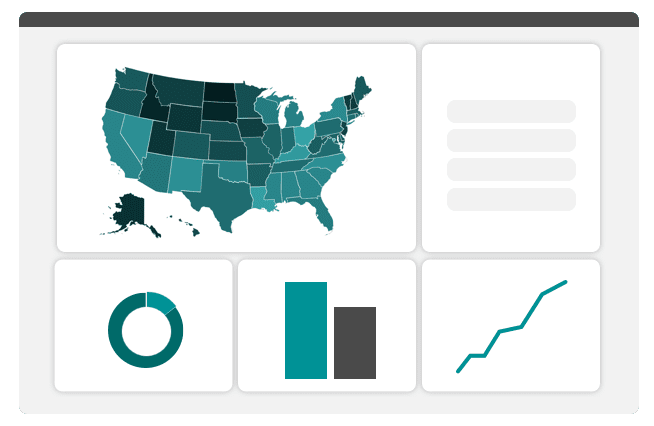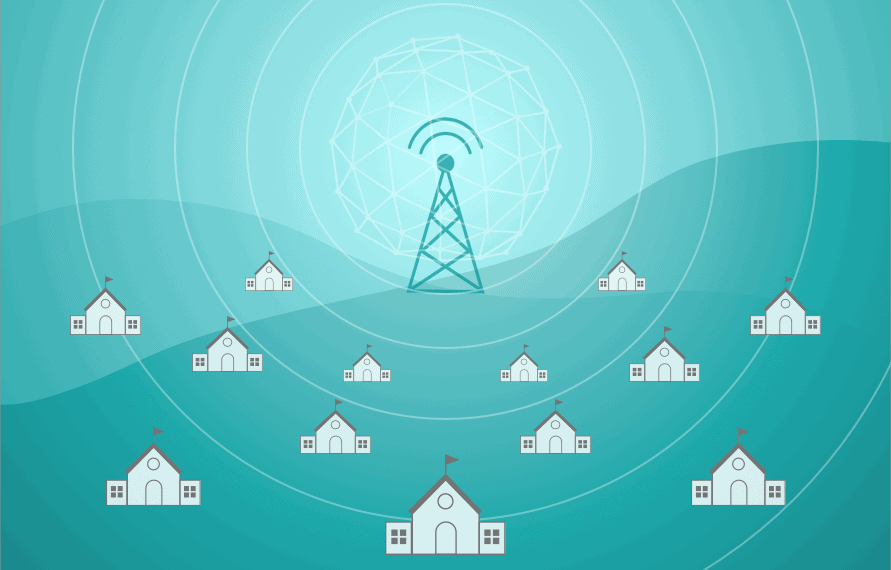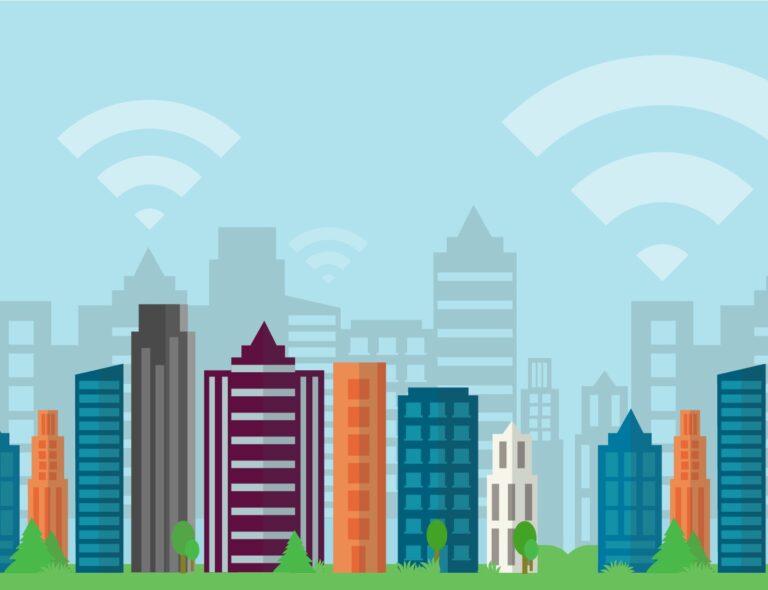Every year, our organization aims to build a complete picture of every school district’s Internet speed and pricing information so that we can update our free tools and resources, which in turn support school leaders as they upgrade their networks.
Thanks to public E-rate data, state partners, and a national survey, we’ve been able to clarify roughly 98% of school connectivity data and report on the state of Internet in education.
Here’s how broadband data provided by school districts across the nation helps improve educational equity for America’s students:
1. Support policy analysis and change.
Understanding the state of school Internet connectivity was critical when the Federal Communications Commission (FCC) modernized E-rate. With access to accurate data, EducationSuperHighway was one of many organizations who were able to advocate for changes to the program – including an additional $1.4B available each year and guaranteed Category 2 budget for every school to fund internal network upgrades.
2. Create new funding sources.
Since its inception, E-rate has been instrumental in making K-12 broadband more affordable and accessible. Our state engagement team has worked with state leaders across the country to appropriate funds for a state match to support school districts in connecting to high-speed Internet services. A critical aspect of this work includes providing estimates of which schools could take advantage of the allocated funding. 24 state now offer state match support; funding made possible thanks to schools clarifying their connection types.
3. Empower school purchasing decisions.
With access to transparent data on broadband speeds and pricing, school district leaders are empowered to find new service options. So when they clarify their connectivity data, we update our free price transparency tool, Compare & Connect K-12. We’ve seen that when armed with the knowledge of other school districts’ broadband deals, district leaders can significantly increase the bandwidth they receive within their existing budgets.
4. Facilitate improved service options.
Accurately representing school districts in need of scalable broadband is a win for providers and school districts – it enables providers to see which schools need upgrades, and schools to see which providers can serve them. One school district in Illinois was able to collaborate with a new provider, ultimately upgrading the Internet in all of their schools with this data in hand.
5. Celebrate progress.
Every year, we provide an update on national and state connectivity via State of the States report. With accurate data, we are better able to show the true progress school districts have made to improve the Internet in education, and support state leaders as they search for innovative solutions to make digital learning a reality in every classroom, every day.
We’re asking for your help to drive the fight for educational equity by clarifying the remaining 2% of school districts. Join us by updating your 2019 data.
How to clarify your school connectivity data.
Simply find your school district on Compare & Connect K-12. If your data looks inaccurate, please contact us with your updated connection type, speed, and pricing for your school district’s Internet. For more detailed information about the type of data we collect and our data calculations, visit our FAQ.






